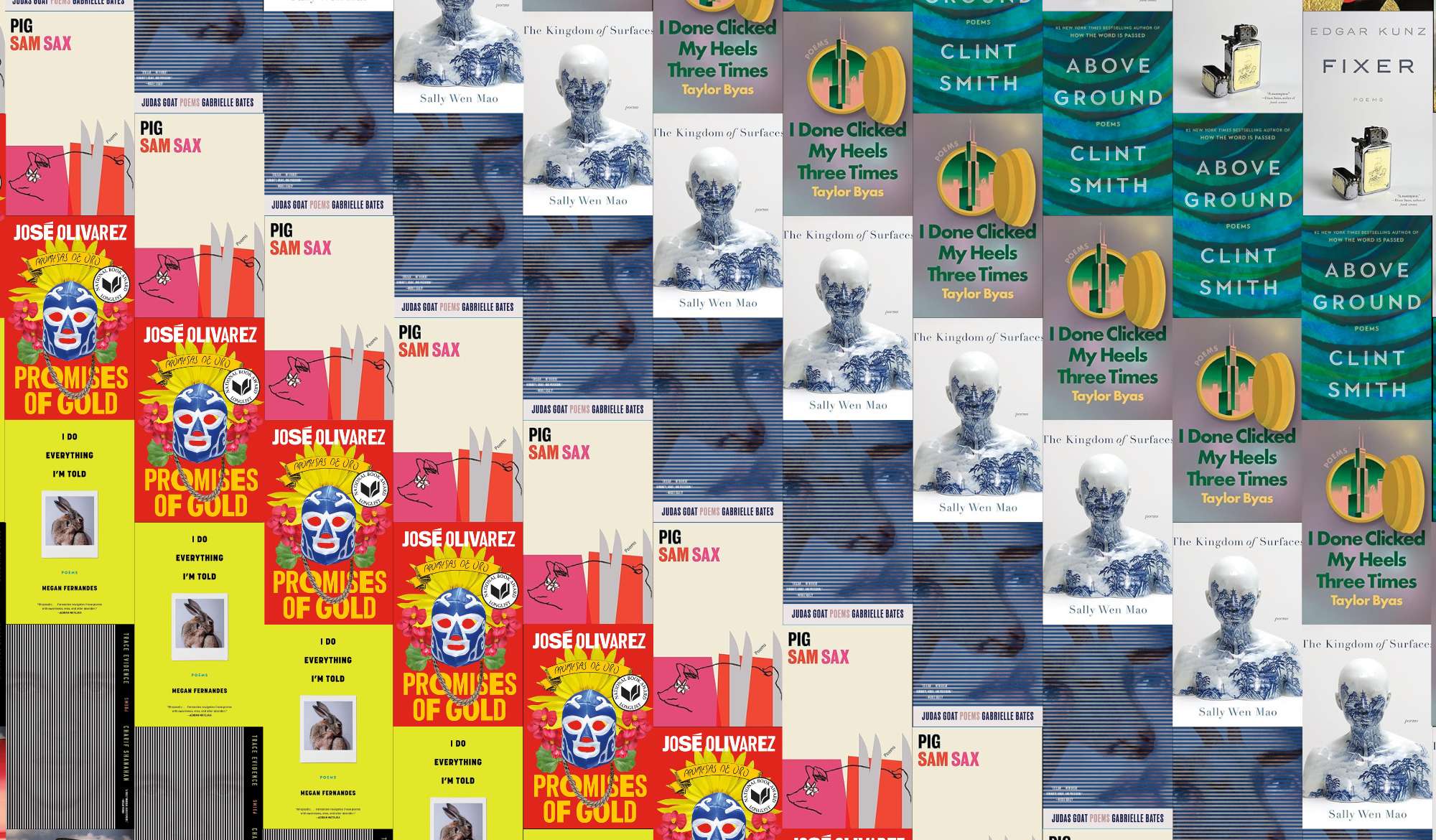Books & Culture
Life Is No Joke
Szalay’s novel paints a bleak picture of what it means to live

David Szalay examines the plight of the male from all sides in All That Man Is, his loosely collected novel-in-stories. All That Man Is follows a cast of mostly displaced characters from ages 17 to 73, as they try to navigate relationships and make connections. Szalay’s work echoes the existential malaise of many writers who came before; he acknowledges the connection for his characters who fancy themselves academics and amateur philosophers. Though All That Man Is lacks meaningful female characters, it is a considered study of male ennui; Szalay writes — beautifully — the discontent that travels alongside a man through each stage of his life’s journey, as each man discovers that “life is not a joke.”
Szalay’s stories are slow in pace, and the author builds scenes of boredom and self-interrogation into each tale. Many of his characters are academics, or want to be. His young backpacking travelers crave legitimacy they think they can find in the pages of the stories they carry. “They are in love with Eliot,” Szalay tells us:
with his melodious pessimism. They are in awe of Joyce. He is what they want to be, a monument like him. These are the writers whose works made them friends. And Shakespeare’s tragedies. And L’Etranger. And the plight of Vladimir and Estrogen, which they like to think of as their own.”
This sets the tone for what will become one of the linking features of many of his stories. Absent confidence and self-assurance, Szalay’s characters look to the past and to literature to lend their lives — lives which feel empty and lacking a kind of verisimilitude — legitimacy. Where Szalay’s characters cannot find fulfillment in romantic relationships, or in jobs that offer credibility, they search literature and history for their own meaning.
The past makes more sense than the present to most of Szalay’s characters. They are scholars, tabloid reporters, people who gather facts and make a narrative out of them. Often they have more trouble dealing with the facts of their own lives. “The whole appeal of medieval studies,” one character says,
the languages, the literature, the history, the art and architecture — to immerse oneself in that world. That other world. Safely other. Other in almost every way, except that it was here. Look at those fields on either side of the motorway. Those low hills. It was here. They were here, as we are here now. And this too shall pass.
Though he is trying to make sense of a younger girlfriend’s pregnancy, his reliance on the past for solace becomes an obsession and then an avoidance of the present. Szalay’s characters are often blind to what is in front of them; they miss opportunities because they are sitting around waiting for life to bring them a boon.
Szalay’s stories start off with younger protagonists and move toward the more aged. In general, they arch toward hope for absolution over obsolescence. But there is a sense — and one passage echoes Hemingway’s preoccupation with bullfighting — that these characters in strange lands are just passing the time until old age. One character observes the fights:
…in the middle of it all, slaughter. Slaughter. Slaughter as a spectacle for sport, entertainment. What is sadder than the exhaustion of the bull? The bull’s failure to understand, even at the very end, that his death is inevitable, and always has been? Is just part of a show.
All That Man Is is part of the show, and whether we see Szalay’s men falling in love with prostitutes or sleeping in dingy hotels, we come to understand that they are part of the larger time-wasting exercise of living. “I am not young,” one of the men says, “sitting there in the hotel with is hands in his lap, staring at the floor. When did that happen?”

Szalay’s scenes are deftly conceived, and imbue a quiet, delicate elegance. His men range in age and financial station, but always the message — the oppressiveness and weight of time — remains the same. If there is one thing that is lacking in Szalay’s work, it’s the inclusion of female characters as fully imagined beings — Szalay’s women are largely caricatures and temptresses. They serve no purpose other than acting as catalysts upon the men. Szalay writes men of all stripes well, and when his characters are confronted with the results of their actions, they often choose to run. Szalay paints a bleak picture of All That Man Is, but there is art in the telling. Perhaps that’s all there is.









